Victoria - Royal Oak Mines Inc. failed to comply with the Forest Practices Code and caused significant harm to the environment along a 380-kilometre power line to its Kemess South mine site, according to a Forest Practices Board report released today.
The special investigation report is highly critical of the three ministries responsible for enforcing the Forest Practices Code. It contends that the ministries of Forests; Environment, Lands and Parks; and Energy and Mines were unco-ordinated and ineffective in their efforts to enforce the code.
Approval for the Kemess mine project, near Mackenzie in northern B.C., required compliance with the code. At the project's outset, the three ministries agreed to a division of labour with respect to code enforcement along the power line. However, the collaboration of the three ministries led to confusion about their individual responsibilities.
The Ministry of Environment, Lands and Parks chose to assume a minor enforcement role, leaving most of the responsibility to the other two ministries. It maintained a low level of involvement even after the board reported significant breaches of the code and noted significant environmental harm was occurring along the power line corridor. The Ministry of Forests did not enforce requirements of the logging plans. When the Ministry of Energy and Mines found non-compliance, it issued corrective orders under the Mines Act and then failed to enforce those orders. This allowed the licensee to continue to delay corrective actions for extended periods.
"The Ministry of Energy and Mines and the Ministry of Forests were aware of the non-compliance with the Code but, except for some minor situations, failed to enforce the Code. That failure allowed conditions to persist that caused or began to cause significant harm to the environment. There was a significant breach by government of its enforcement duties under the Forest Practices Code," states the report.
Along the 380-kilometre transmission line corridor, 300,000 cubic metres of timber (10,000 logging truckloads) were removed and over 1,400 transmission towers were erected. The board's report cites numerous instances of non-compliance. When board staff inspected the power line in June 1999, they saw that more than 169 skid bridges had been left in place that should have been removed, presenting a threat to water quality and fisheries.
Code requirements for fish-bearing streams were not adequately followed. More than 50 streams had debris and slash deposited in them and had not been cleared. Over a year after construction was completed, soil was eroding from unstabilized banks and silt was draining off improperly constructed roads into streams.
Maintaining natural drainage patterns during road construction is an important code requirement to prevent landslides. Along the power line corridor, failure to control surface drainage has resulted in a number of slumps and landslides. Some of these have dumped debris through planted areas and on access roads, affecting productive forest land, creating significant environmental harm and a public safety risk.
Since the board first notified the three ministers and the licensee of the significant breaches a year ago, the licensee has hired a contractor to repair the specific areas identified by the board. However, much of the remedial work, especially relating to road maintenance, deactivation and environmental protection remains to be done to meet code obligations and address environmental harm.
The licensee has continually failed to fulfill commitments to correct all the non-compliance and environmental harm that occurred during the power line construction. A thorough assessment of the full extent of the remedial work required and a co-ordinated action plan by the licensee or government to address the non-compliance are still needed.
Government has not pursued any of the administrative remedies provided in the code. The government has not issued remediation orders, levied penalties or attempted to use bonds posted for the project to complete the required work.
In a written submission to the board, the Ministry of Forests stated, "…The 'effectiveness' of enforcement is largely dependent on the ability and willingness of the licensee to respond to enforcement actions in a timely manner."
"The board finds this view of enforcement alarming," says board chair Bill Cafferata. "The Forest Practices Code applies not just to forestry operations, but to mining operations and all other licensed operations that involve forest practices. Enforcement is not dictated by the willingness or ability of the licensee to comply. The board insists on a fair and equitable application of the code. We want a commitment from government that the Kemess damage will be dealt with this summer and that future enforcement will uphold the requirements of the code."
The Forest Practices Board is B.C.'s independent watchdog for sound forest practices. The board reports to the public and government about compliance with the Forest Practices Code and the achievement of its intent. The board's main roles are auditing forest practices, investigating public complaints, undertaking special investigations of any code-related forestry issues, participating in administrative reviews and appeals and providing reports on board activities, findings and recommendations.
For further information contact:
CONTACTS:
Bill Cafferata, Chair
Forest Practices Board
Phone: (250) 387-7964
1-800-994-5899
Nicky Cain,
Communications
Forest Practices Board
Phone: (250) 387-7964
1-800-994-5899
